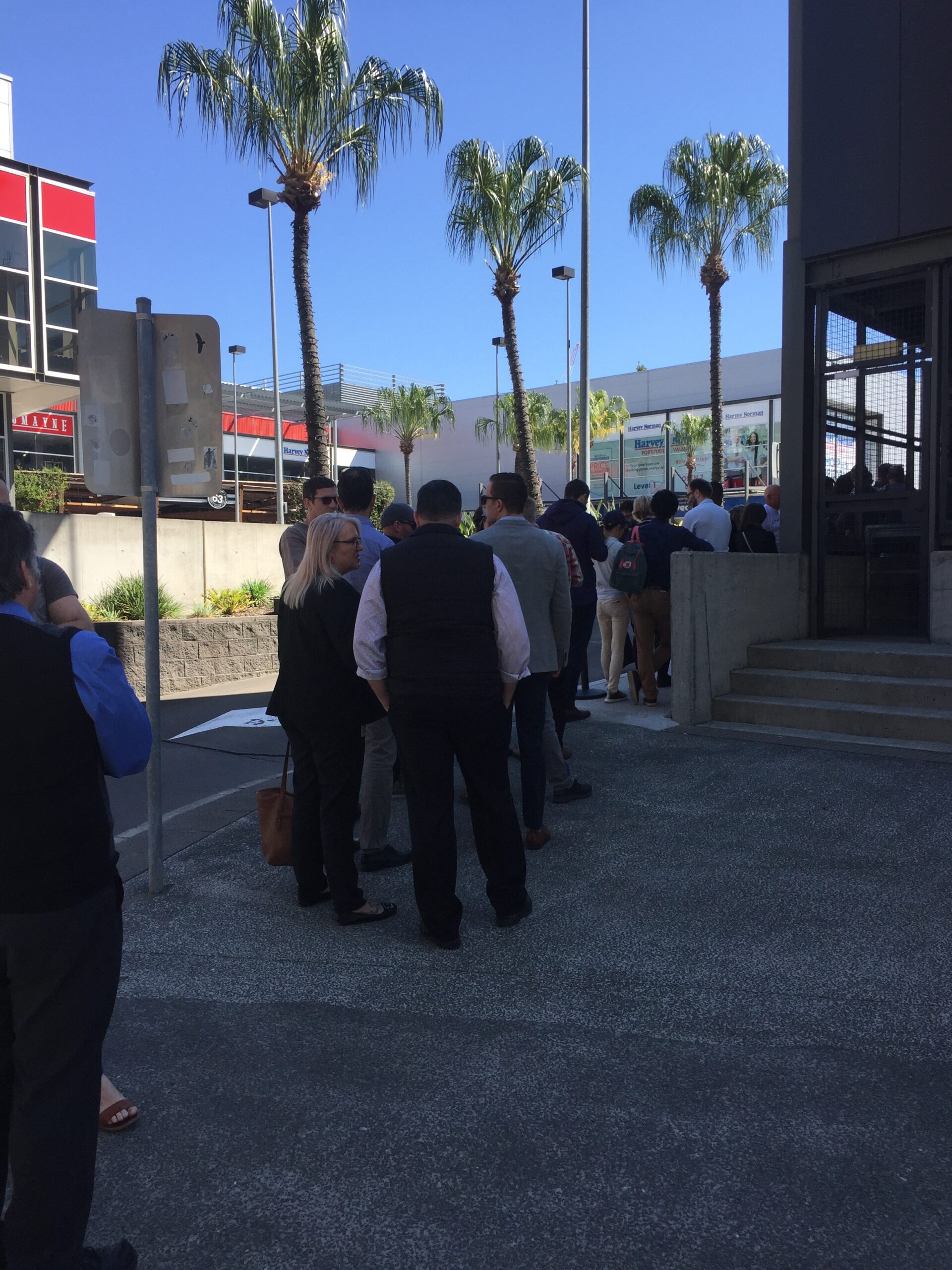Q&A with John A. McCluskey, CEO of Alamos Gold

Q: Alamos Gold’s ranking in our annual Top 40 Canadian miners improved from #21 in 2023 to #17 in 2024, with almost $0.5 billion increase in total revenue. What factors contributed to Alamos Gold’s terrific performance in 2024?
A: Last year’s success was driven by careful planning and consistent performance. In July 2024, we completed the acquisition of Argonaut Gold, integrating the Magino Mine into our new Island Gold District. The Mulatos District also exceeded expectations with production coming in above the top end of the guidance range. Our production increased 7% to 567,000 oz., and we delivered record operation and financial performance with record revenue, cash flow from operations, and free cash flow. We also expanded into Quebec through the acquisition of the highly prospective Qiqavik project. Overall, it was a year of meaningful growth underpinned by the values that make Alamos Gold a company that we are proud of.

Q: The 2024 acquisition of Argonaut/Magino added 4 million oz. of reserves. How are the projected US$515 million in synergies being realized, and will acquisitions remain a pillar of Alamos’s strategy?
A: Alamos has had a long track record of creating value by following a strategic approach that has included M&A; however, this is in addition to our consistent focus on exploration success and expanding and optimizing our long-life assets to make them more productive and profitable. Acquiring the Magino Mine was the right approach, as it will allow us to transform the Island Gold District into one of the largest operations in Canada with annual production of more than 400,000 oz. at first quartile costs once the Phase 3+ Expansion is complete. We are on track with our organic growth profile but will keep an eye out for any good opportunities.
In terms of synergies, a large portion of the capital synergies related to the original mill expansion and tailing lift at Island Gold were immediate, since we will be utilizing the much larger Magino mill and tailings. Processing costs synergies will be realized once we start processing Island Gold ore at the Magino mill later this quarter. Connection to grid power in the second half of 2026 will surface more synergies and reduce unit costs. On the procurement side we are also seeing synergies on consumables, camp services, and transportation.

Q: With Lynn Lake construction underway and C$290 million in cash on hand, how are you balancing capital allocation between new builds, sustaining existing assets, and shareholder returns?
A: Alamos is currently in a growth phase, and with our strong cash balance and positive free cash flow generation in the current gold price environment, we can self-fund that growth. Our Phase 3+ Expansion will transform the Island Gold District and is on track for completion in the second half of 2026. One year later, we expect that our Puerte Del Aire (PDA) project in Mexico will commence and ultimately triple the mine life of Mulatos. The Lynn Lake Project is a long-life, low-cost project in Canada with excellent exploration upside, anticipated for completion in 2028.
Our free cash flow generation will start to grow considerably with completion of the Phase 3+ Expansion. Our long-term capital allocation strategy is to dedicate one third to growth, a third to strengthening the balance sheet, and a third to returning capital to shareholders. Currently, our focus is primarily on growth, but this will shift over the next few years.
Q: With a record US$72 million exploration budget in 2025 and impressive drilling success at Island Gold, how do you see resource upside translating to long‑term production?
A: Exploration success is a key driver of our value creation. Over the past six years, we have increased our mineral reserve base by 44% to 14 million oz., net of more than 3.5 million oz. of depletion. Over that time frame, we have discovered eight million oz. at an average cost of $30 per oz. This growth is supporting the development of new projects, as is the case with PDA and Lynn Lake, and the expansion of current operations like the Island Gold District.
At Island Gold, we have a very impressive track record of converting over 90% of Inferred ounces to reserves, and we expect that trend to continue. In addition, the Island Gold underground deposit remains open laterally and at depth, with grades increasing as we go deeper.
Q: Mexico has introduced tighter controls on mining concessions and permitting in recent years. How is Alamos navigating this regulatory shift, particularly with the ongoing development of the PDA project near Mulatos?
A: Alamos has operated in Mexico since 2005 with great success, and we expect this to continue. In January, the Mexican government approved our amended environmental impact assessment, which was required for us to begin construction on the PDA project. This is an underground mine located within the Mulatos District with a small environmental footprint, and furthermore, Mulatos has had long-standing community, state, and federal government support. These are important factors that supported this important permitting milestone.

Q: You described gold as being in a “very strong bull phase” last year — what is your current outlook for gold prices over the next 12–24 months? Also, amid gold’s current rally, what specific gold price do you forecast by the end of 2026? And how would that support Alamos hitting one million oz. annual production?
A: There is no question that there is a supportive environment for gold, and this outlook is expected to continue based on the factors that have contributed to its rise: growing global debt, ongoing deficits, rising debt service costs, strong central bank demand and elevated geopolitical risk. Our ability to reach our annual production target of one million oz. per year is independent from a strong gold price, in fact, we are able to self fund our growth at gold prices well-below current levels.
Q: With global monetary policy uncertainty and inflationary concerns, how does Alamos position itself to benefit from gold’s role as a safe-haven asset?
A: Gold’s role as a safe haven asset and inflation hedge provides support for the gold price. However, further to my last point, Alamos is not only doing well as a gold producer, but rather we are doing well compared to any business. We are a growth company with consistent execution and a strong team. We have been successful creating value across our asset base with strong margins, generating free cash flow, with declining costs which matters in the scenario of price volatility. This is of course underpinned by a strong outlook for gold.
Q: Given your expansion plans, are there regions or jurisdictions you are actively evaluating that offer a more stable geopolitical environment for new development?
A: We are already anchored in one of the most politically stable jurisdictions in the world, which is Canada. Our growth and most of our current production is coming from this country. In fact, nearly 90% of our net asset value is supported by our long-life assets in Canada, which carry average mine lives of 20 years.
Q: Do you have a gold price threshold at which you would pause high-cost development projects, or is your long-term view sufficiently aligned even if prices dip?
A: Given our low-cost structure, our strategy is still intact at gold prices well below current levels.
Q: Reflecting on Alamos’s growth from sub $1 million market cap at IPO in 1996 to over C$12 B, what guiding principles have grounded your leadership philosophy?
A: Alamos Gold’s growth has been significantly supported by our operational excellence and strategy approach. However, our success is also grounded in our core values, which are safety, teamwork, environmental sustainability, integrity, and commitment. Our employees are our most valued assets, and we are fortunate to have top-tier talent. At each of our operations, our priority focus is safety and creating work environments in which our employees can thrive. It is also a priority for Alamos to be a responsible and valued member of the communities in which we operate and to integrate environmental considerations at every stage of our mining activities.
Q: Sustainability and Indigenous partnerships are central to your operations — how are these initiatives evolving across the Island Gold District, Young-Davidson, and Lynn Lake?
A: The Island Gold District, Young-Davidson, and the Lynn Lake Project are located within traditional Indigenous territories. We believe that building respectful, collaborative partnerships with Indigenous communities is essential to our long-term success. Across these sites, Alamos Gold has formal participation agreements with 11 Indigenous Nations. These agreements define how we work together, covering areas such as benefit-sharing, environmental oversight, business development, employment, and ongoing engagement. We support the creation of Indigenous joint-venture partnerships, which help advance economic reconciliation by building capacity and generating long-term opportunities.
Q: Looking ahead to 2035 and beyond, what are your aspirations for production, market positioning, and shareholder return metrics at Alamos?
A: Our outlook has never been stronger, with one of best growth profiles in the sector; it is lower cost; it is all fully funded and permitted; and it is going to drive significant free cash flow growth in the years ahead.
By the end of the decade, we expect to be delivering an annual production of one million oz., with long mine lives at all our operations, located in politically safe jurisdictions.
Once we complete the Phase 3+ Expansion in the second half of 2026, our free cash flow will start to grow considerably, and it will grow further upon completion of PDA and Lynn Lake. Alamos Gold has a consistent history of returning value to shareholders through dividends and share buybacks, and that track record will continue.
Q: Finally, how would you characterize the geopolitical risk landscape for mid-tier gold producers today — and what distinguishes Alamos’s approach to managing that risk?
A: Alamos is a good business to invest in because we have significant long-term mineral inventory (gold reserves), we can sustain our production for decades to come, and we are low cost. We operate in safe jurisdictions, and this has been a key part of our strategic approach. As mentioned earlier, 90% of Alamos’ valuation is in Canada, which is a safe and attractive jurisdiction, providing a predictable environment for long-term investments.




